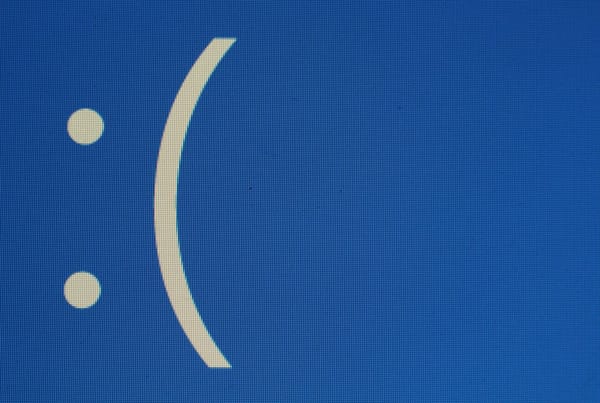Time to Wave Goodbye: Google Ceases Development of Google Wave
Google just announced that it has stopped development of its real-time collaboration and communication platform Google Wave. Wave, according to Google’s Urs Holzle, “has not seen the user adoption [Google] would have liked.” The parts of the code that Google already offered as open source code will remain available, but Wave as a standalone product will cease to exist by the end of the year when Google plans to shut the Wave website down.
So Long, and Thanks for all The Real-Time Goodness
![]()
It’s a shame to see Google Wave go. I had high hopes for it when it was first announced (I was actually one of the first journalists to get my hands on it). Clearly, though, it failed to gain enough users to make continued development worthwhile for Google. What is odd, though, is to see how quickly Google killed Wave. After a long beta period, the company only officially launched Wave a little more than two months ago. Ironically, the last post on the Google Wave blog from just about a week ago is called: “STOP! Waving time…”
For a lot of users, seeing others type in real time just wasn’t a good enough reason to abandon email or more traditional collaboration tools. The promised “draft” feature – which turned off the real-time typing mode – never materialized. Over the next few days, we will surely see a lot of analysis about what exactly went wrong. If anything, though, I have to give Google credit for giving Wave a shot.
It’ll be interesting to see what the Australia-based team behind Wave (which also developed the earliest versions of Google Maps) will do next.
The Announcement
Here is the central part of Google’s announcement:
We were equally jazzed about Google Wave internally, even though we weren’t quite sure how users would respond to this radically different kind of communication. The use cases we’ve seen show the power of this technology: sharing images and other media in real time; improving spell-checking by understanding not just an individual word, but also the context of each word; and enabling third-party developers to build new tools like consumer gadgets for travel, or robots to check code.
But despite these wins, and numerous loyal fans, Wave has not seen the user adoption we would have liked. We don’t plan to continue developing Wave as a standalone product, but we will maintain the site at least through the end of the year and extend the technology for use in other Google projects. The central parts of the code, as well as the protocols that have driven many of Wave’s innovations, like drag-and-drop and character-by-character live typing, are already available as open source, so customers and partners can continue the innovation we began. In addition, we will work on tools so that users can easily “liberate” their content from Wave.




